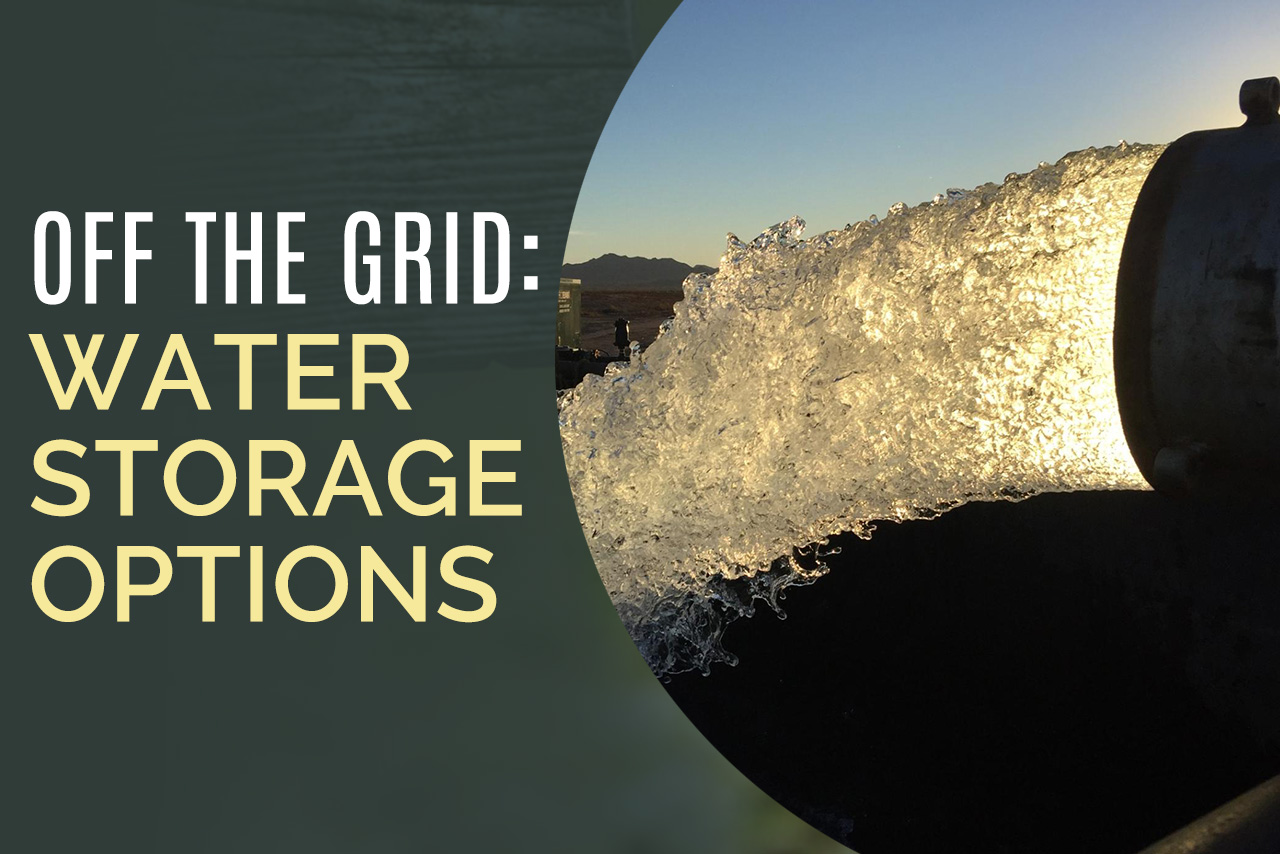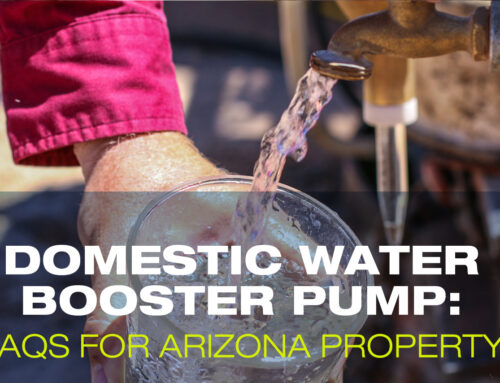By 2030 nearly half of the world’s population will face water scarcity.
In our lifetime freshwater will become one of the most valuable resources.
How can you secure your family’s water supply?
Here’s our guide to off the grid water storage options.
Natural Water
One of the best ways to ensure your water supply is to acquire property that has a naturally occurring river, stream, pond, or lake.
But, most of us can’t afford to buy an entire river or stream.
Which can make these somewhat unreliable resources.
Even if a river runs through your land, there is no stopping the government or someone else from damning the river somewhere upstream, outside of your reach.
There are also many water laws that restrict water usage and that designate who can use it as a resource.
In areas where natural water is scarce, most people aren’t able to acquire the rights to own and use natural water sources.
So, unless you’re a billionaire or have some serious government hook-ups, you will probably struggle to find a natural water source you can 100% own and use.
Natural Springs
Springs are the exception to the natural water rules. But, they’re pretty difficult to find.
Springs are like cracks in the earth where the groundwater is exposed and flows through. They’re like a naturally occurring well.
It’s pretty easy (and legal) to use a spring for water storage.
The downside is that it’s pretty difficult to find a property with a natural spring, let alone one that is affordable.
Like other sources of natural water, springs can also be affected by pollution and nearby industry.
Off the Grid Well
Well, water is an oldie but a goodie, for a reason. Simply put, a well literally taps into the groundwater supply.
Different climates are easier or more difficult to build a successful well in.
For example, an area full of wetlands might only require digging 50 feet to find water, whereas a more arid environment might require you to dig 400 feet.
Once you’ve unlocked your water supply, all you need is a pump to extract the water.
If you’re looking for an arm workout, a traditional manual pump will work.
But, there are also electric pump options too.
Wells aren’t cheap to install. It costs $5 to $6 thousand to install a 150 foot deep well in America.
But, once it’s installed, a well requires little cost and maintenance to operate.
The only downside to wells is that they can dry-up.
They can also fall apart in areas prone to earthquakes.
Water-polluting activities like hydraulic fracking can also make well water toxic.
Rain Water
Rainfall is free and relatively easy to collect.
But, spoiler alert, it needs to rain enough to collect enough.
Rainwater can also be full of pollutants.
This means that a purification system along with your rainwater after collecting system is a smart choice.
Rainwater beats other natural water sources because it isn’t as complicated.
You don’t need to consider strict laws and regulations to collect rainwater.
A rainwater collection system is also a lot more affordable to install than a well.
Water Storage
Some people choose to forgo all of these options by just purchasing and storing a water supply.
It is possible to purchase water to keep in a tank off the grid.
But, this isn’t the most long-lasting or sustainable solution.
A water tank can only store a finite amount of water.
Once it’s empty, your water supply is gone.
In a doomsday scenario, you might not be able to just go to the store and purchase more water.
So, if you’re storing water in an effort to prepare for the worst, a tank isn’t a good option.
It’s also a pretty big hassle to tow a water tank to and from an off-grid property.
Click here to see how we’re helping families secure their water future.
___________________________________________________
If you need to discuss water storage options, give the team at Pump It Up Pump Services a call! We are AZ’s top well repair and installation company. Call at 623-582-5069 today!






